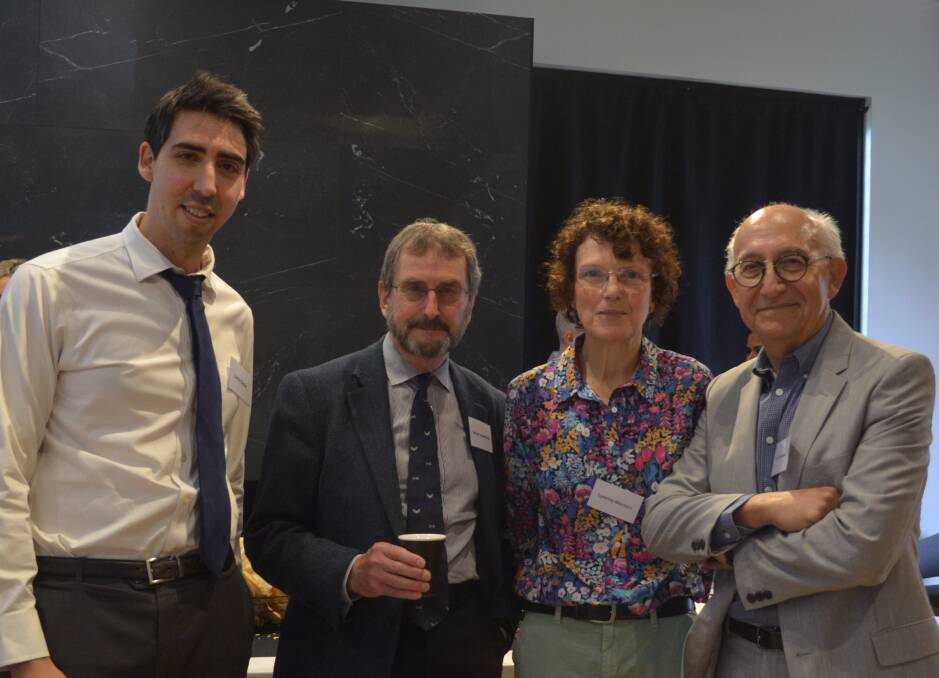
REVERSING the damage caused by multiple sclerosis (MS) is the next step to curing the disease, according to neurologists studying the disease.
Subscribe now for unlimited access.
or signup to continue reading
An MS symposium was held at the Greenhouse of Orange on Friday to mark the retirement of Dr Simon Hammond of Central West Neurology and Neurosurgery.
Experts heard from speakers about the rising number of people living with the progressive disease, which involves lesions on the brain and spinal cord, from about 3000 nationwide in 1981 to 20,000 now.
Dr Hammond said the rise was partly because the condition was easier to diagnose with modern technology, but was also a real increase.
“[There are] a number of factors that we think are important in raising the risk of acquiring MS in our community, things such as smoking, things such as increasing obesity levels that are clearly having an impact on incidence,” he said.
Dr Hammond said addressing poor diet in adolescents would become increasingly important into the future.
Royal Prince Alfred Hospital MS fellow Dr Justin Garber trained in Orange for six months and said while there were 15 therapies to treat MS, they carried their own risk and some cases were still resilient to treatment.
“All MS treatments to date have been about reducing the inflammatory nature of the disease so some are immuno-suppressant medications that reduce your immune system – this can stop MS in its path but it can’t actually reverse the damage that’s been done and that is really the next frontier in MS research,” he said.
His current research is based on identifying signs of progression in MS, while his PHD research next year will focus on the patients resistant to treatment.
Dr Garber said he was impressed with the level of expertise in Orange and he learned about the importance of continuing an interest in research throughout life.
“The distances of Australia require that services go to the people because timely efficient medical exposure is what maintains people’s health,” he said.
Dr Hammond said there was only one neurologist in Orange before he set up his practice and one of the most satisfying things about being in a regional area was seeing a wider variety of cases “from the sublime to the ridiculous”.
“It’s interesting, our society, the Australia and New Zealand Association of Neurologists, felt that practising neurology outside the big metropolitan area was basically going to be an impossibility, that we would kind of wilt out here because there wouldn’t be enough cases, there wouldn’t be enough to do, but exactly the opposite is true,” he said.
At 70 years old, Dr Hammond said after 40 years in the practice, it was time to move on, tend his garden and travel.
“I feel vigorous enough to carry on, but you’ve got to draw a line in the sand somewhere,” he said.
“I hope they will achieve a cure for this condition – the future of neurology is in very good hands.”


